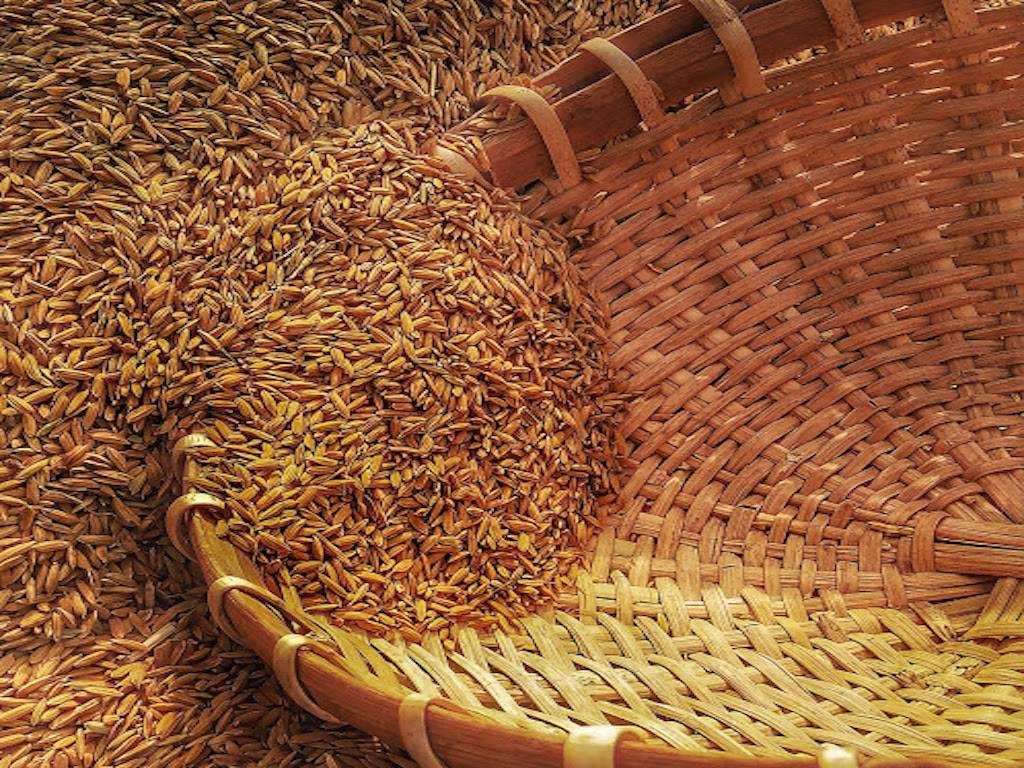
The centre has potentially saved 8,000 crore by opting to use 20% more foodgrain storage space in its warehouses, despite the fact that it has chosen not to construct open cover and plinth (CAP) storage from the start of this fiscal year.
“The consistency of storage wheat suffers as a result of CAP, and its shelf life is reduced. As a result, we choose to construct modern silos. Union Food Secretary Sudhanshu Pandey said, "We will be building 100 lakh tonnes (lt) of modern silos storage space."
Since the country lacks storage space, CAP has been a standardised method of foodgrain storage until now. Grain packaged in gunny bags is piled over a wooden plank and coated with a waterproof material in this method. However, environmental events such as strong winds and heavy rain have often made the storage fragile.
The new proposal follows the Centre's announcement in Parliament last year that it intended to raise storage capacity by 20 percent by increasing stack heights. Additional storage space of 20% or more was available in the warehouses. Before the new reform, though, it was left to the managers' discretion.
Foodgrains were previously packed in 100-kg gunny bags, which posed a challenge in using the excess capacity. As a result of the weight, the number of stacks in the godowns was reduced, according to the Food Secretary.
However, the International Labour Organization (ILO) suggested that grains be packaged in 50-kg bags to make it easier for workers. As a result, the storages were given some leeway in terms of stack height. “Previously, 140 tonnes is stored in 20-bag stacks. With the stack height increased to 25 bags, a total of 174 tonnes can now be contained per stack, according to Pandey.
“An extra 160 liters of storage space has been produced as a result of this. Construction of CAP storage of this capacity in the traditional system will cost at least Rs 8,000 crore. It would also take years to build, according to the Food Secretary.
He used the Food Ministry's case as an example, saying that the Centre planned to construct 19 lt of CAP storage last year. However, only 3-4 lakh tonnes of storage were built, with the rest falling short,” Pandey explained. As a result, the Food Ministry agreed not to construct CAP storage under open skies. According to him, the Centre can no longer store any of its grain in CAP room.
Punjab Food and Civil Supplies Minister Bharat Bhushan Ashu said last week that the northern state will be forced to use CAP storage this year to store wheat because it had 120 lt of stocks for 2019 and 2020. “If the Centre does not want us to go to CAP storage, it should move these grains to consuming States,” he added.
“Last year, some food grains were processed under CAP. These grains will soon be moved to covered storage at the Centre. They will also be sent to states that consume all of the wheat and are in deficit, according to the Union Food Secretary. He mentioned that surplus wheat from states such as Punjab will be transported to Madhya Pradesh, Gujarat, and Rajasthan.
Pandey told a press conference on April 16 that by 2024-25, all foodgrains would be housed in new steel silos, with traditional storage structures eventually phased out.
With the Centre procuring buffer stocks for delivery by ration shops, the storing of foodgrains, wheat, and rice takes on new importance. The grains will be spread through a variety of social programs.
For the current season, wheat and rice are being purchased at minimum support prices of 1,975 and 1,815 a quintal, respectively. The Centre procured a whopping 38.99 mt of wheat last year, and it expects to procure 42.73 mt this year. Last season, it procured 77.34 million tons of rice.
The Centre has procured over 71 million tonnes (mt) of rice and 23.42 million tonnes (mt) of wheat for the rabi season crop this season. Both procurements, which are still ongoing, are expected to result in a record wheat harvest of 109.24 mt this season, up from 107.86 mt last season. Rice production is expected to reach a new high of 120.32 mt, up from 118.87 mt last season.
Furthermore, the Food Corporation of India (FCI), which procures and stores the buffer foodgrain stocks, has record wheat stocks of 27.30 mt, compared to the required 4.46 mt operating stock and three mt reserves. In addition to 31.06 mt of paddy that can produce 20.79 mt of rice, the FCI has 29.11 mt of rice stocks.










